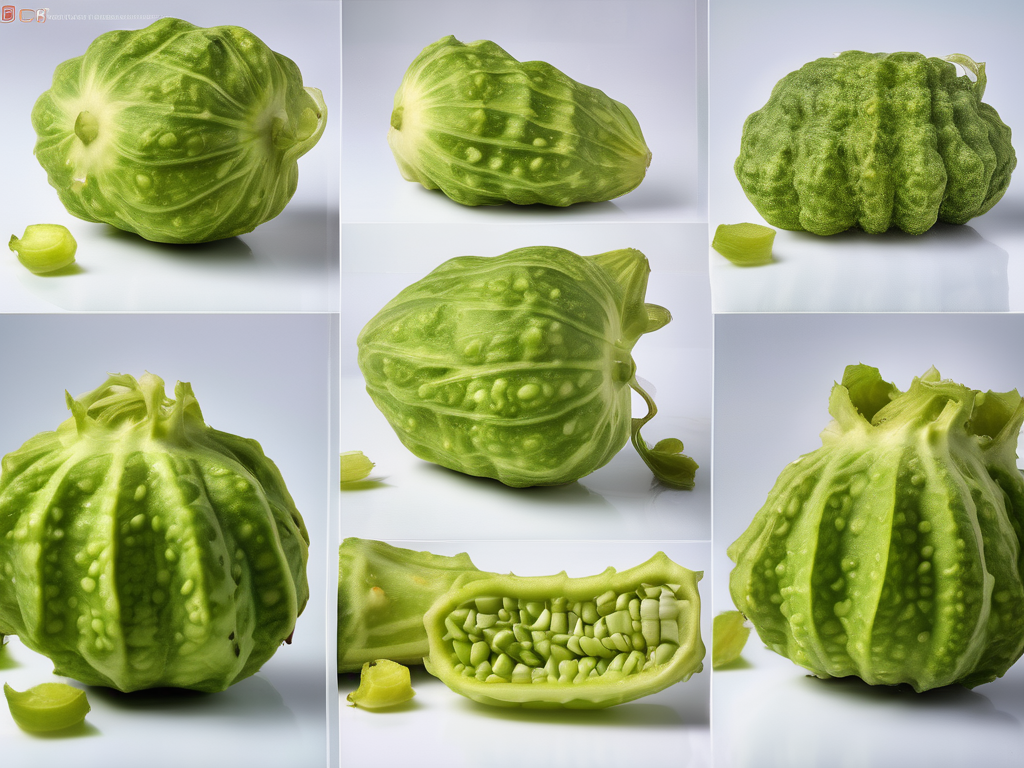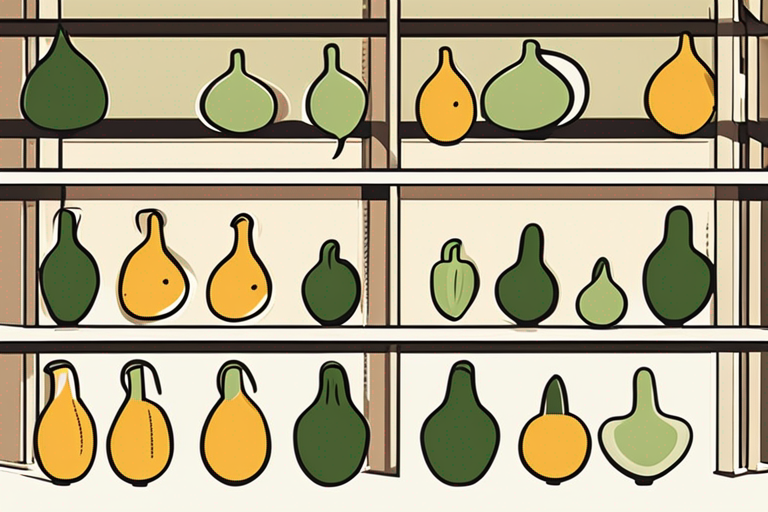
Is Your Bitter Gourd Still Good? Signs It's Gone Bad
Get Your Free Food Safety Cheat Sheet
30 most common foods with instant answers. Print it and stick it on your fridge—completely free!
Is Your Bitter Gourd Still Good? Signs It's Gone Bad
Bitter gourd, also known as bitter melon or karela, is a popular vegetable in many cuisines due to its unique taste and numerous health benefits. However, like any perishable food item, bitter gourd can go bad if not stored or handled properly. In this blog post, we will explore how to tell if bitter gourd has gone bad and provide you with practical tips on ensuring food safety. (Bitter gourd)
Understanding Bitter Gourd
Before we delve into how to spot spoiled bitter gourd, let's take a closer look at this vegetable. [Bitter gourd](/food/bitter gourd) is characterized by its rough, bumpy skin and distinct bitter taste. It is rich in essential nutrients such as vitamins A, C, and K, as well as minerals like iron and potassium. Bitter gourd is commonly used in stir-fries, curries, and soups in various cuisines, particularly in Asian cooking.
Signs of Spoiled Bitter Gourd
Visual Inspection
- Discoloration: Check for any dark spots or discoloration on the skin of the bitter gourd. This can be a sign of decay.
- Mold: Mold growth on the surface of the bitter gourd indicates that it has spoiled and should be discarded.
- Wrinkling: If the bitter gourd appears shriveled or wrinkled, it is past its prime and not safe for consumption.
Texture and Smell
- Softness: A mushy or soft texture when you press the bitter gourd is a clear indicator that it has gone bad.
- Foul Odor: Spoiled bitter gourd will emit a foul smell that is distinct from its usual bitter aroma. If it smells off, it's best to discard it.
Proper Storage Practices
To prolong the shelf life of bitter gourd and prevent it from spoiling prematurely, follow these storage tips:
- Refrigeration: Store bitter gourd in the refrigerator in a perforated plastic bag to maintain optimal humidity levels.
- Avoid Moisture: Keep bitter gourd away from moisture to prevent mold growth. Wipe the vegetable dry before storing it.
- Isolation: Store bitter gourd away from ethylene-producing fruits like apples and bananas, as they can accelerate ripening and spoilage.
- Use It Promptly: Bitter gourd is best consumed within a few days of purchase for the freshest taste and texture.
Safety Precautions
When handling bitter gourd, it is essential to practice proper food safety measures to prevent contamination and foodborne illnesses:
- Wash Thoroughly: Rinse bitter gourd under running water and scrub the surface gently to remove any dirt or pesticide residue.
- Cutting Boards and Utensils: Use separate cutting boards and knives for bitter gourd to avoid cross-contamination with other foods.
- Cooking Temperature: Ensure bitter gourd is cooked thoroughly at the appropriate temperature to kill any harmful bacteria.
Conclusion
By being vigilant about the signs of spoiled bitter gourd and following proper storage and safety practices, you can enjoy this nutritious vegetable while minimizing the risk of foodborne illnesses. Remember to inspect your bitter gourd before use, store it correctly, and handle it with care to maintain its freshness and quality. Stay informed, stay safe, and savor the unique flavor of bitter gourd in your favorite dishes! (Bitter gourd)

Authoritative Food Safety References
These agencies and university labs inform every tip and health precaution we publish.
USDA FoodKeeper – Cold Storage Guidelines
Official refrigerator, freezer, and pantry timelines maintained by the U.S. Department of Agriculture.
Visit USDA FoodKeeperFDA Produce Safety Rule & Grower Guidance
Field-to-fridge handling practices that prevent contamination of fruits, vegetables, and leafy greens.
Visit FDA Produce SafetyCDC Foodborne Illness Prevention Hub
Surveillance-backed guidance on pathogens, symptoms, and steps to reduce foodborne illness risk.
Visit CDC Food SafetyUC Davis Postharvest Technology Center
University research detailing optimal storage atmospheres for produce after harvest.
Visit UC Davis PostharvestPenn State Extension – Home Food Preservation & Safety
Peer-reviewed extension bulletins on safe canning, chilling, and reheating practices.
Visit Penn State ExtensionHow can I tell if bitter gourd has gone bad?
Can I still eat bitter gourd if it's slightly wrinkled?
How should I store bitter gourd to prolong its freshness?
Can I freeze bitter gourd to extend its shelf life?
Get Your Free Food Safety Cheat Sheet
30 most common foods with instant answers. Print it and stick it on your fridge—completely free! Want more? Upgrade to the complete guide with 70+ foods.
Scan your food directly and get instant safety info using our AI-powered camera feature.